Super-Beacon for Precise Indoor Positioning and Navigation System
The Super-Beacon is the most versatile, easy-to-use, and recommended Beacon for Marvelmind’s precise indoor positioning and navigation system, particularly when starting with the Marvelmind Indoor “GPS” system. The system is used for autonomous robots, forklifts, drones, and people and industrial applications requiring precise positioning and indoor localization.
- The Beacon can also be used with the Marvelmind Horn to measure precise distances of up to 50m (1D) or 120m (1D).
- It is a dual-use beacon – it can both receive and transmit ultrasonic pulses.
- It can work both as a stationary and a mobile device.
- It can be used in Non-Inverse Architecture (NIA) and Inverse Architecture (IA): Architecture comparison.
- The price of the Beacon already includes all essential SW and Marvelmind Dashboard API.
It supports a license-free 915MHz ISM band (for example, the US, Japan, and Korea) and a license-free SRD band at 868MHz (for example, the EU and Russia). Support for the 433MHz ISM band (EU) is available with larger orders. It features a 6D IMU (comprising 3D gyro and 3D accelerometer) onboard. The Super-Beacon is improved and in the all-time superior version of the Beacon HW v4.9:
Distance between beacons
- Reaches up to 50 meters in lab conditions
- The recommended distance is up to 30 meters (RX4 to RX4)
- The range of stable tracking of Super-Beacon is 20-50% bigger than the range of Beacon HW v4.9 + Beacon HW v4.9 in the same conditions.
Coverage area
- Reaches up to 1000 m2 with the Starter Set configurations
- Coverage for larger territories is similar to cellular networks
Location precision
- Absolute: 1–3% of the distance to the beacons
- Differential precision: ±2 cm
- Differential precision is on par or better than in the Beacon HW v4.9, partially because the sensor is a point, not as spread as sensors of HW v4.9, and partially because of higher processing power and more advanced algorithms of the Super-Beacon
Location update rate
Non-Inverse Architecture:
- 0.05–25Hz
- It can be set manually or in automatic mode
- It depends on the distance between the mobile and stationary beacons (shorter distance — higher update rate)
It depends on the number of mobile beacons: for example, the update rate of 25Hz for one mobile Beacon will result in an update rate of 25Hz/2 for two mobile beacons and 25Hz/3 for three mobile beacons, etc. – The TDMA approach - It depends on the radio interface profile (500kbps vs. 38kbps)
Inverse Architecture:
- 0.05–25Hz. Future SW releases are planned to support IMU fusion that will enable an update rate of up to 100 Hz
- It can be set manually or in automatic mode
- It depends on the distance between the mobile and stationary beacons (shorter distance — higher update rate)
- It doesn’t directly depend on the number of mobile beacons – all of them are receiving
- It depends on the radio interface profile (500kbps vs. 38kbps)
Power supply and battery lifetime
Internal:
- A LiPol battery 1000mAh
- Battery lifetime depends on usage
- Receiving beacon mode with 8Hz update rate and 10 m-SubMaps => up to 30h
- Transmitting Beacon with 1/10Hz update rate => several months
- The power-saving features may increase battery life to 1 year.
External: Micro USB – recommended for permanent use
Weight
- 59 grams (including 1000mAh battery, housing, and 50-mm antenna)
- 27 grams (bare board w/o battery)
Size: 55x55x33 mm (with 50mm antenna: 55x55x65mm)

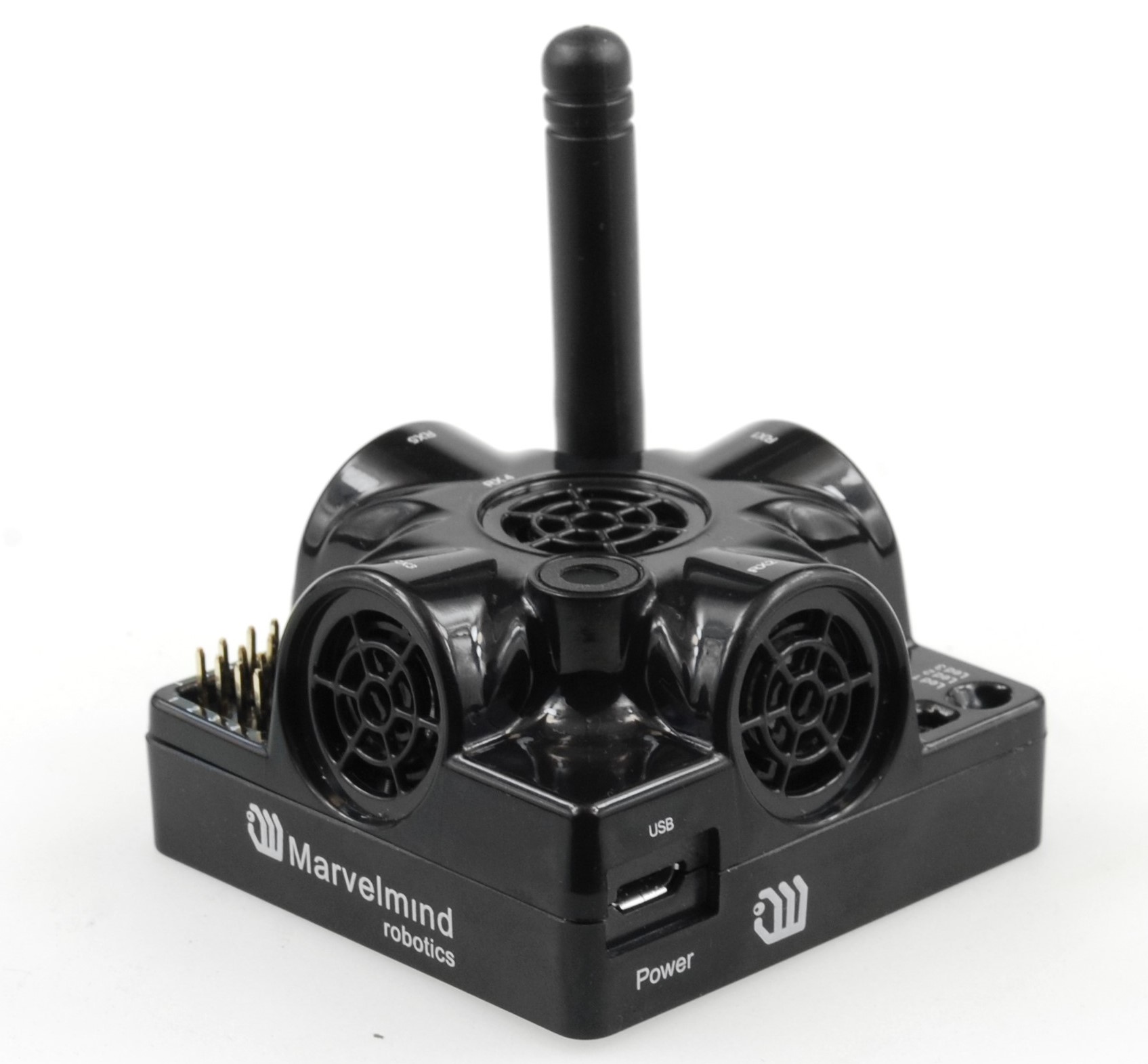
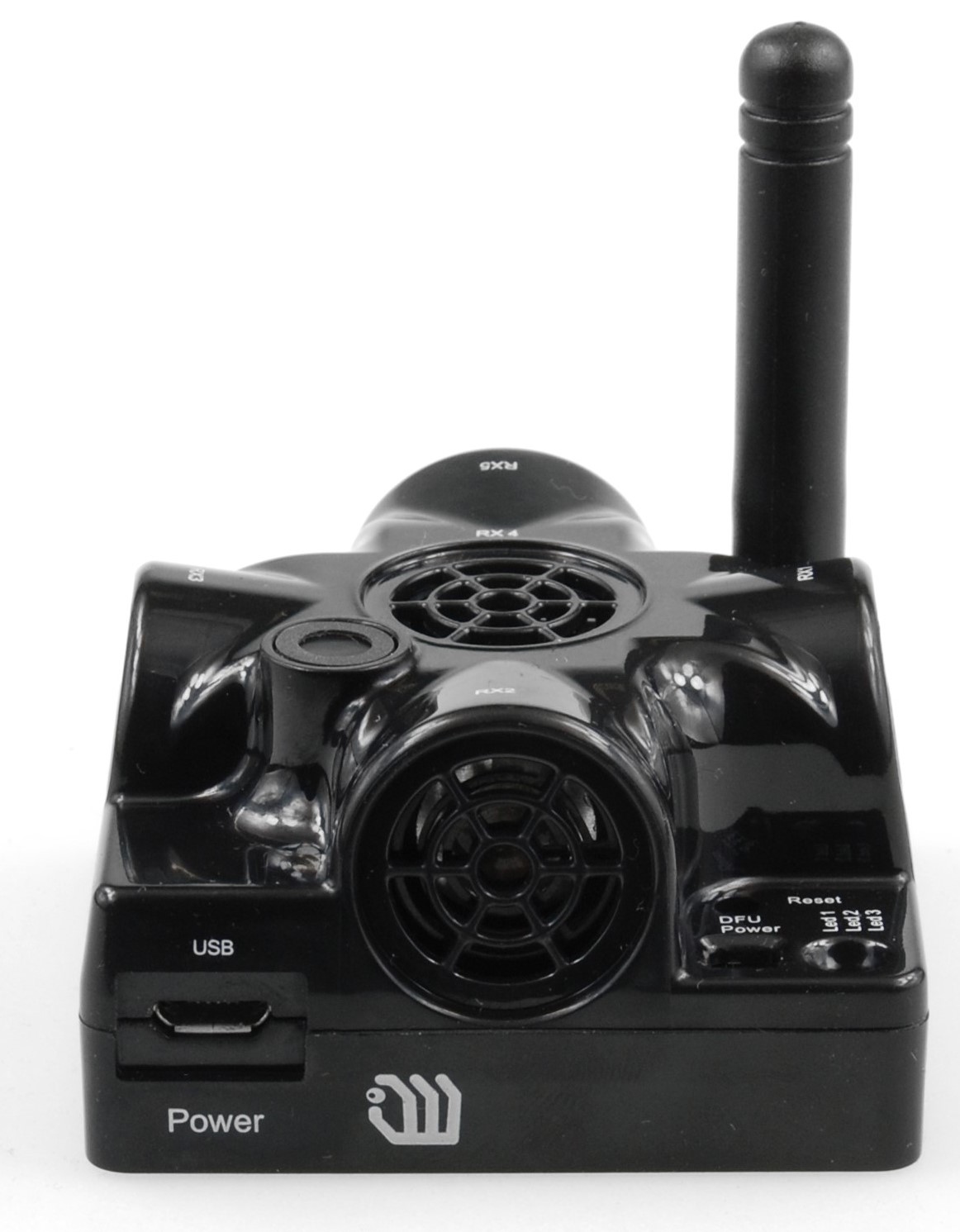
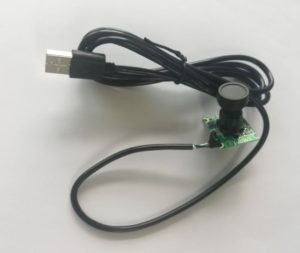
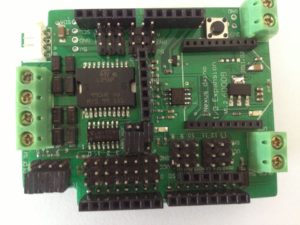

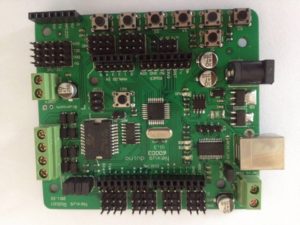
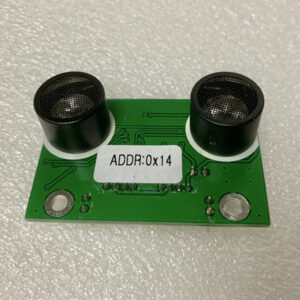

Reviews
There are no reviews yet.